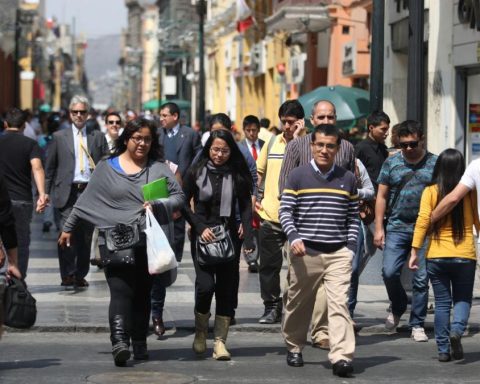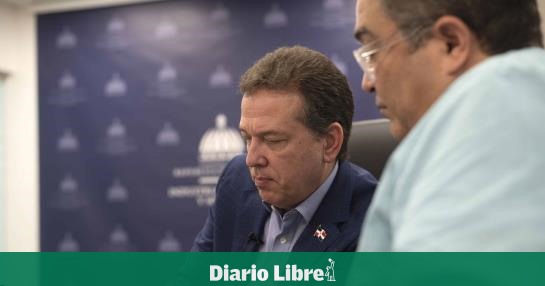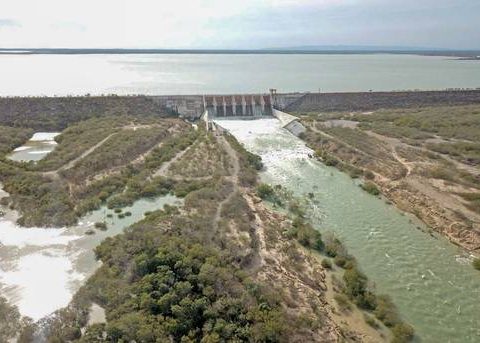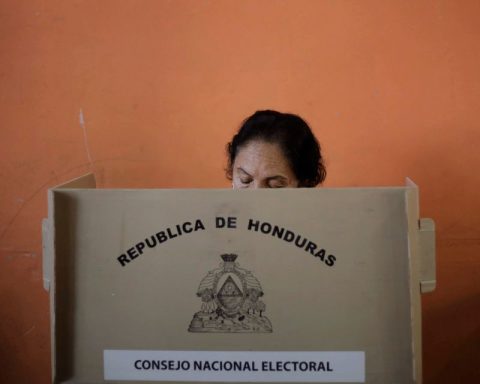The Executive power informed that the implementation of a productive corridor of cotton industrializationin order to achieve the repositioning of the product but with added value abroad.
“We propose the implementation of the Productive Corridor for the Industrialization of Cotton. Because we bet on industrialization, product diversification for the domestic market and for export”, said Roberto Sánchez, head of the Ministry of Foreign Trade and Tourism (Mincetur).
Sánchez also added that, from his sector, the holding of business roundtables with international cotton buyers will be promoted, added to the participation in important events abroad.
“Let’s not forget, exports have a direct impact on job creation, higher economic production, better wages for workers, among others. For this reason, it is important to achieve a greater positioning of our cotton in world markets. The government will recover the national production of cotton”, he assured.
The ministry was present together with his counterpart from the Ministry of Production (Produce), Jorge Luis Prado, at the Technical Table for Cotton Work, an event attended by producers, representatives of the Peruvian Association of Apparel Manufacturers (APIC), microentrepreneurs from the emporium of Gamarra, as well as regional government officials and congressmen of the Republic.
Cotton is one of the main Peruvian agricultural crops, with an important presence in the coastal valleys. According to planting estimates for this crop for the campaign, it is currently concentrated in the departments of Ica (38.0%), Piura (16.0%) and Lima (9.9%).
Current figures show that the cotton value chain currently encompasses more than 8,000 family farmers in the productive phase (with arable land of less than 10 hectares), distributed along the coastal valleys of the departments of Ica, Lima, Ancash, Lambayeque and Piura; and in the manufacturing phase to more than 13 thousand yarn and fabric companies, as well as 24 thousand clothing companies (96% mypes) distributed throughout the country, with the main concentration in the city of Lima.
National production shows a decrease due to the fact that producers have made the decision to change crops, a trend that is thought to be reversed to recover pima cotton through the Second Agrarian Reform.
In 2021, US$ 1.66 million of cotton was exported and increased 39.7% compared to the previous year. The main destinations were Germany (US$493,000 / 29.7% share), Ecuador (US$457,000 / 27.5%), China (US$396,000 / 23.9%), Japan (US$148,000 / 8.9%), Colombia (US$ 103,000 / 6.2%), among others.

















